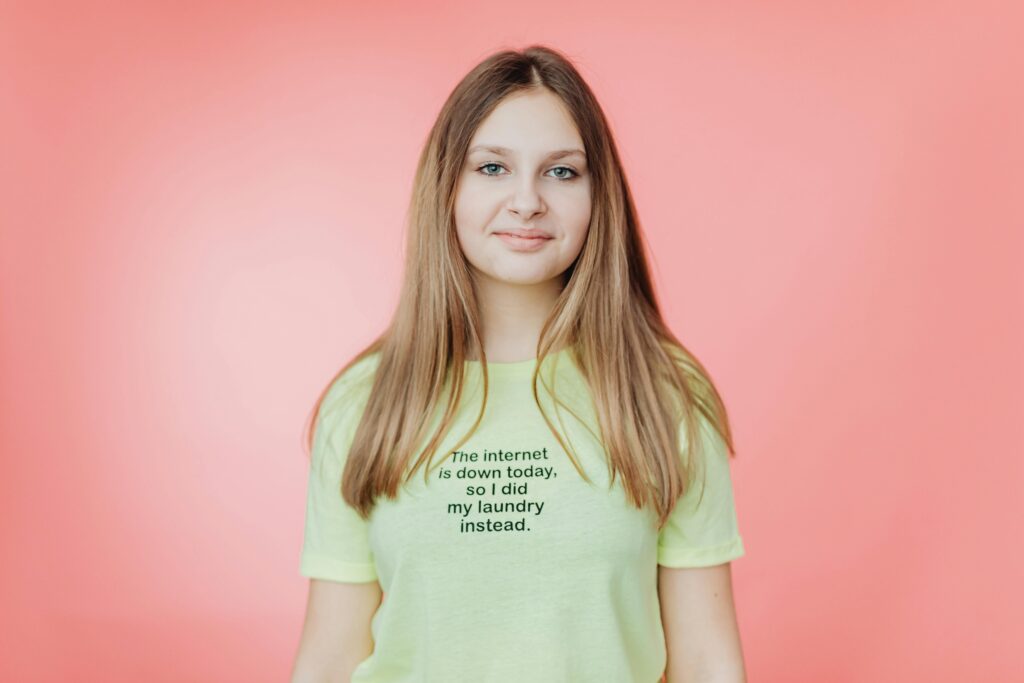The internet is built on memes—those endlessly shareable images, jokes, and trends that spread faster than wildfire. Most of the time, memes are lighthearted distractions: a dancing cat, a clever pun, a funny reaction image. But every so often, something strange happens. A meme breaks out of its digital sandbox and becomes a movement, reshaping conversations, mobilizing communities, and even influencing politics and culture.
Welcome to the age where internet humor is more than just laughs—it’s a catalyst for real-world change.
The Meme-to-Movement Pipeline
Memes thrive because they’re simple, relatable, and viral. That same virality makes them powerful vehicles for ideas, serious or not. The transition from joke to movement usually follows a pattern:
- The Joke: A meme emerges, often funny, absurd, or ironic.
- The Spread: Social media amplifies it, exposing millions of people within days.
- The Reframing: Communities start attaching meaning—sometimes ironic, sometimes earnest.
- The Action: The meme inspires real-world behavior, from buying products to protesting.
What starts as a laugh often ends in something far bigger.
Famous Examples of Meme Movements
1. Area 51 Raid (“They Can’t Stop All of Us”)
What began as a joke Facebook event in 2019—storming Area 51 to “see them aliens”—turned into a cultural phenomenon. Though the actual raid never happened, thousands traveled to Nevada for festivals, merchandise boomed, and the U.S. military even issued statements. A meme had forced a global conversation about secrecy, aliens, and internet culture.
2. “OK Boomer”
A sarcastic meme mocking out-of-touch attitudes of older generations quickly became a rallying cry for younger people frustrated with climate inaction, housing affordability, and inequality. What started as a clapback turned into a cultural marker of generational divide.
3. GameStop Stock Saga (r/WallStreetBets)
The “stonks” meme culture around investing fueled a real-world financial revolt. Ordinary internet users, inspired by memes, banded together to send GameStop stock soaring in 2021, shaking Wall Street and sparking congressional hearings.
4. Black Lives Matter & Social Memes
While not originating as a meme, BLM gained traction through viral imagery, slogans, and hashtags that functioned in meme-like ways. Memetic sharing helped mobilize millions globally in one of the largest protest movements in modern history.
Why Memes Are So Powerful
Accessibility
Anyone can create, remix, or share a meme. They lower barriers to entry for activism by making ideas quick and relatable.
Virality
Algorithms love engagement, and memes thrive on humor and shareability. Important messages piggyback on laughter.
Community
Memes create belonging. Shared jokes build group identity, which can evolve into collective action.
Irony-as-Armor
The humor gives cover. People can participate “ironically” at first, only to find themselves aligned with a cause more seriously.
Risks of Meme Movements
Not every meme-to-movement transition is positive.
- Misinformation: Memes can oversimplify or distort serious issues.
- Co-opted meanings: Groups may hijack memes for harmful agendas.
- Short lifespan: Meme-driven energy can fade as fast as it rises, leaving movements without long-term momentum.
The very speed and simplicity that make memes effective also make them unstable.
Memes are no longer just internet punchlines—they’re cultural currency. From Area 51 jokes to GameStop rebellions, memes prove that humor can mobilize people in ways traditional campaigns cannot. They blur the line between entertainment and activism, showing that laughter can spark serious conversations—and sometimes serious action.
The next time you scroll past a meme, remember: today’s joke could be tomorrow’s movement.


